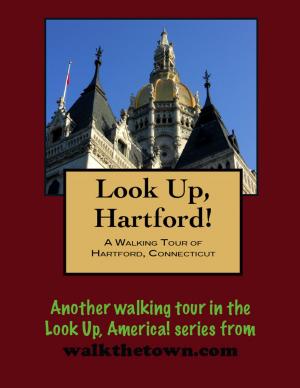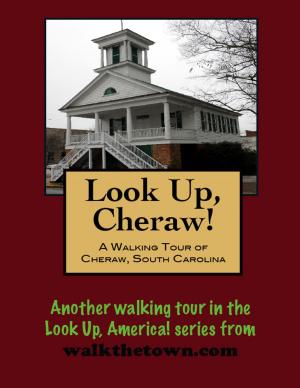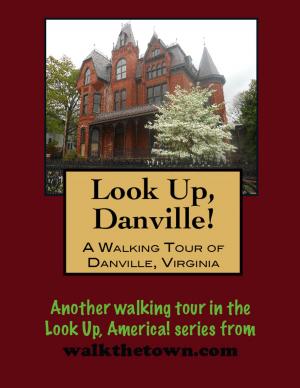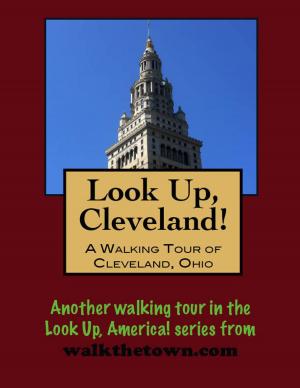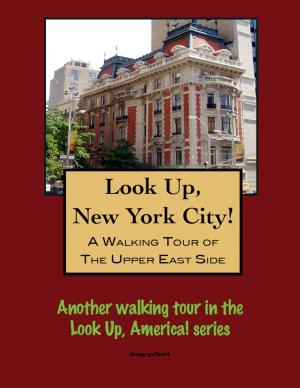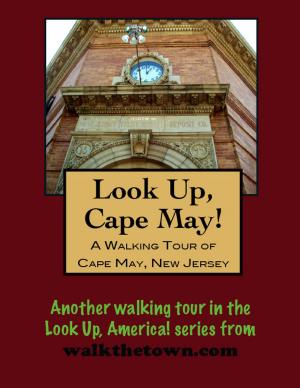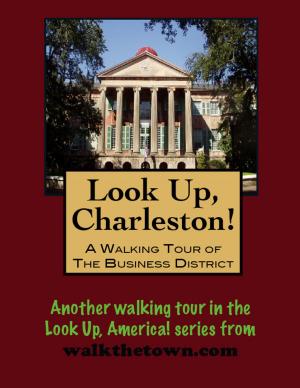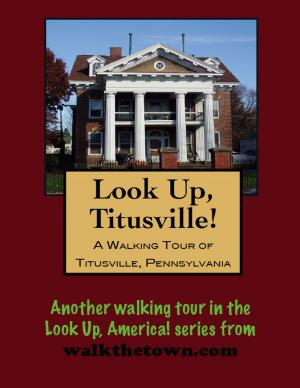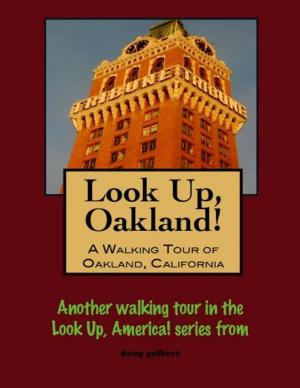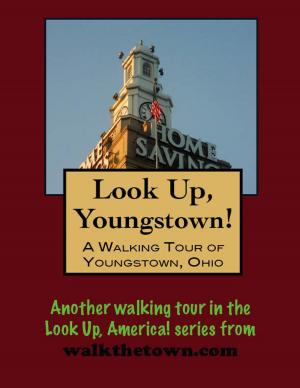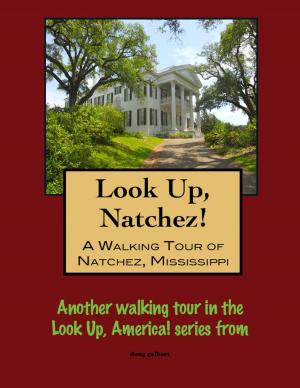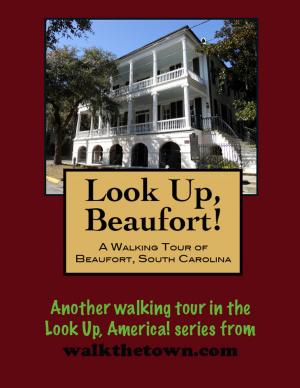| Author: | Doug Gelbert | ISBN: | 9781458045843 |
| Publisher: | Doug Gelbert | Publication: | January 30, 2011 |
| Imprint: | Smashwords Edition | Language: | English |
| Author: | Doug Gelbert |
| ISBN: | 9781458045843 |
| Publisher: | Doug Gelbert |
| Publication: | January 30, 2011 |
| Imprint: | Smashwords Edition |
| Language: | English |
There is no better way to see America than on foot. And there is no better way to appreciate what you are looking at than with a walking tour. Whether you are preparing for a road trip or just out to look at your own town in a new way, a downloadable walking tour is ready to explore when you are.
Each walking tour describes historical and architectural landmarks and provides pictures to help out when those pesky street addresses are missing. Every tour also includes a quick primer on identifying architectural styles seen on American streets.
Despite its relative nearness to New ork City and Philadelphia, settlers did not penetrate these mountains and put down roots until 1802. Originally the city was called Ragged Island, then Barrendale. The true pioneers of the upper Lackawanna River Valley were brothers from Philadelphia, William and Maurice Wurts, who believed the anthracite (hard) coal they found in the region could produce cheap energy as well as the popular bituminous (soft) coal of the day. They staged a demonstration in New York City and found enough subscribers in their enterprise to send their “Black Gold” out of the Moosic Mountains to New York to form America’s first private million-dollar corporation.
By 1828 the Wurts’ Delaware and Hudson Canal Company had hand-dug and blasted a 108-mile canal from Honesdale to Kingston, New York, an engineering marvel that would ignite the growth of the region. In June 1831, the first underground Anthracite Coal mine in the United States was opened near the base of Seventh Avenue. Washington Irving, a famous author, and Philip Hone, founder of Honesdale, Pennsylvania have been credited by many with choosing the name of Carbondale, “carbon” meaning coal discovered here and “dale” meaning valley.
Still the coal had to be moved from Carbondale over the Moosic Mountains to the head of the canal in Honesdale. The Delaware & Hudson solved this problem by means of a “gravity railroad.’’ Cars loaded with coal were hauled up on tracks on a series of planes, or inclines, to the top of Farview by stationary steam engines, then lowered by gravity down planes on the other side to the town of Waymart, finally coasting on a steady downgrade into Honesdale. Empty cars were brought back to Waymart by horse or mule.
The city boomed. By 1851 Carbondale had over 5,000 citizens and was incorporated on March 15, 1851, making it the oldest (the “Pioneer”) city in Lackawanna County, PA, and the fourth oldest city (after Philadelphia, Lancaster, and York) in the Commonwealth of Pennsylvania. Carbondale grew and prospered from the mining industry. Many Europeans from different backgrounds traveled to the New World in search of great opportunities and found it all here in Carbondale. Mining remained the chief economic source in the city until the late 1940s and early 1950s when light manufacturing became the new economic lifeblood of the community.
Our walking tour will begin at the site of a former grand train station near the world’s first underground anthracite coal mine where there is abundant parking...
There is no better way to see America than on foot. And there is no better way to appreciate what you are looking at than with a walking tour. Whether you are preparing for a road trip or just out to look at your own town in a new way, a downloadable walking tour is ready to explore when you are.
Each walking tour describes historical and architectural landmarks and provides pictures to help out when those pesky street addresses are missing. Every tour also includes a quick primer on identifying architectural styles seen on American streets.
Despite its relative nearness to New ork City and Philadelphia, settlers did not penetrate these mountains and put down roots until 1802. Originally the city was called Ragged Island, then Barrendale. The true pioneers of the upper Lackawanna River Valley were brothers from Philadelphia, William and Maurice Wurts, who believed the anthracite (hard) coal they found in the region could produce cheap energy as well as the popular bituminous (soft) coal of the day. They staged a demonstration in New York City and found enough subscribers in their enterprise to send their “Black Gold” out of the Moosic Mountains to New York to form America’s first private million-dollar corporation.
By 1828 the Wurts’ Delaware and Hudson Canal Company had hand-dug and blasted a 108-mile canal from Honesdale to Kingston, New York, an engineering marvel that would ignite the growth of the region. In June 1831, the first underground Anthracite Coal mine in the United States was opened near the base of Seventh Avenue. Washington Irving, a famous author, and Philip Hone, founder of Honesdale, Pennsylvania have been credited by many with choosing the name of Carbondale, “carbon” meaning coal discovered here and “dale” meaning valley.
Still the coal had to be moved from Carbondale over the Moosic Mountains to the head of the canal in Honesdale. The Delaware & Hudson solved this problem by means of a “gravity railroad.’’ Cars loaded with coal were hauled up on tracks on a series of planes, or inclines, to the top of Farview by stationary steam engines, then lowered by gravity down planes on the other side to the town of Waymart, finally coasting on a steady downgrade into Honesdale. Empty cars were brought back to Waymart by horse or mule.
The city boomed. By 1851 Carbondale had over 5,000 citizens and was incorporated on March 15, 1851, making it the oldest (the “Pioneer”) city in Lackawanna County, PA, and the fourth oldest city (after Philadelphia, Lancaster, and York) in the Commonwealth of Pennsylvania. Carbondale grew and prospered from the mining industry. Many Europeans from different backgrounds traveled to the New World in search of great opportunities and found it all here in Carbondale. Mining remained the chief economic source in the city until the late 1940s and early 1950s when light manufacturing became the new economic lifeblood of the community.
Our walking tour will begin at the site of a former grand train station near the world’s first underground anthracite coal mine where there is abundant parking...

